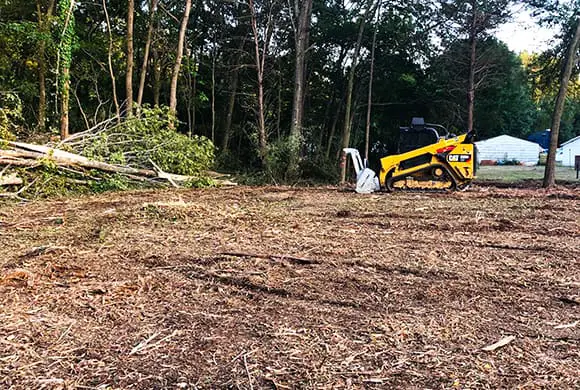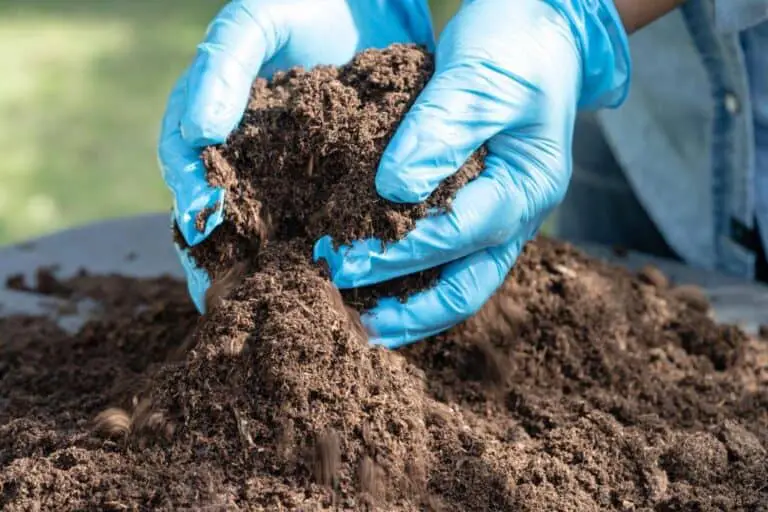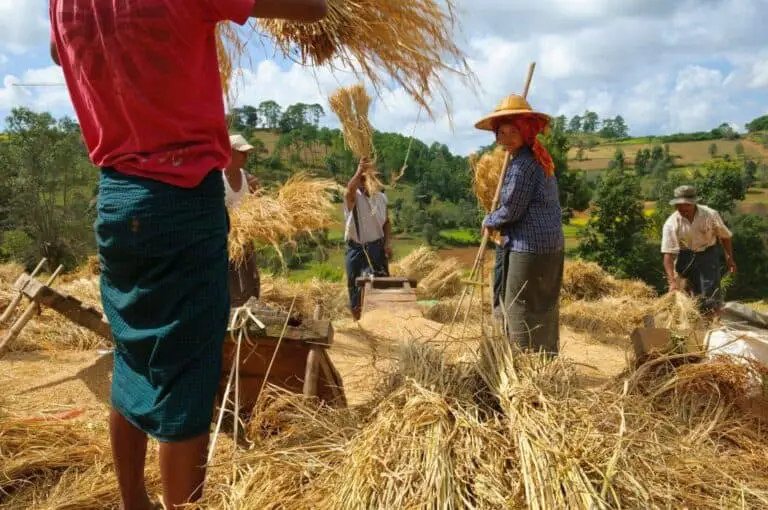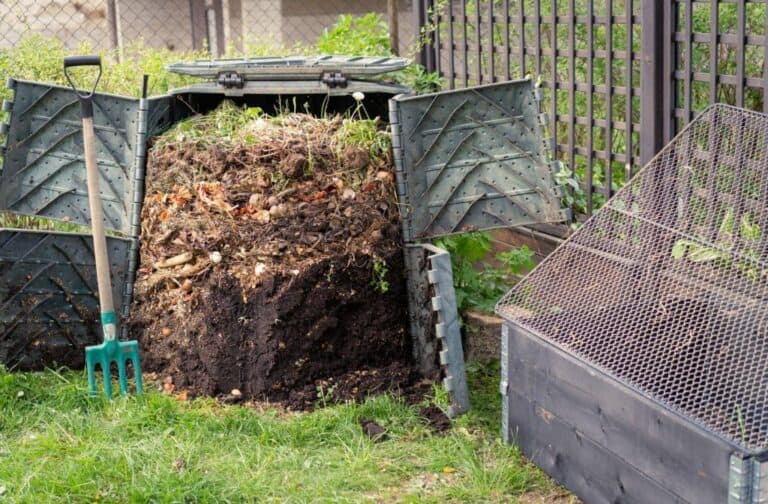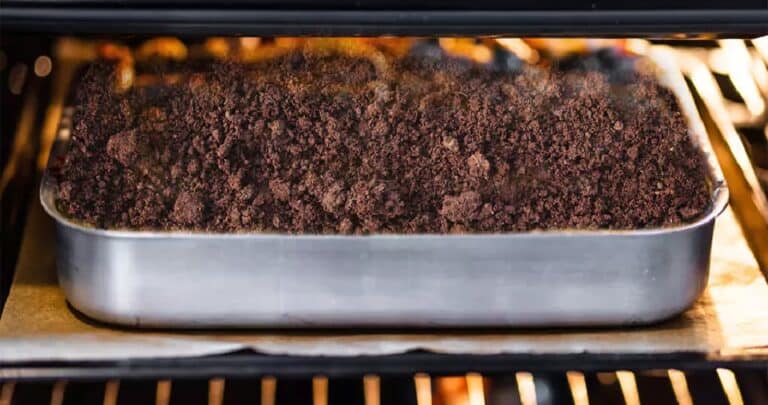Why Turning and Loosening Soil is Essential for a Healthy Garden
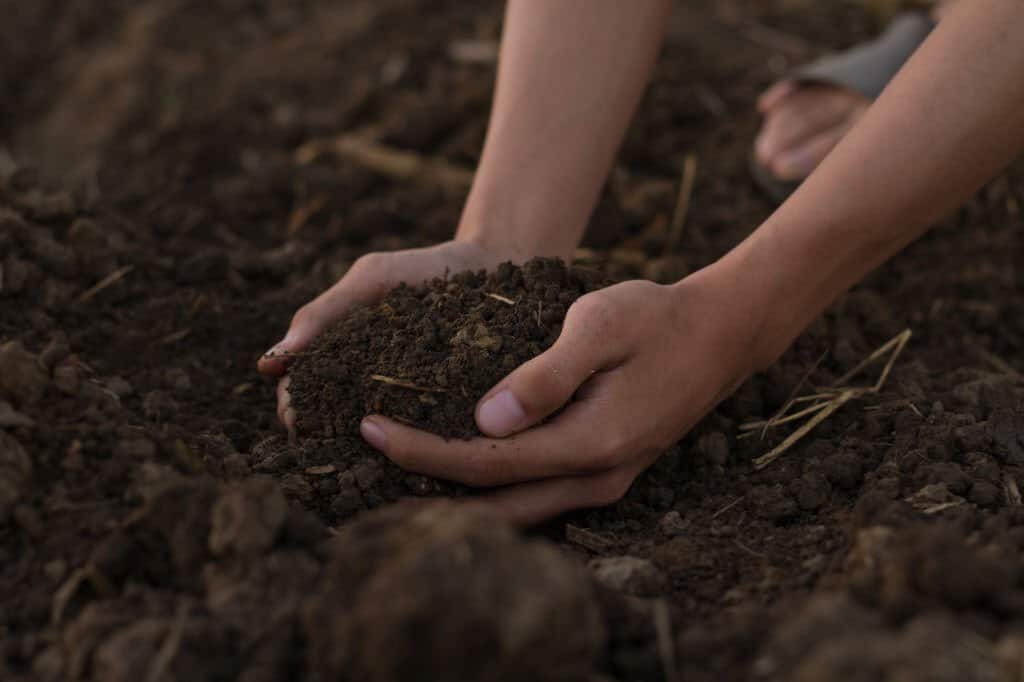
Gardening is both an art and a science, with soil health forming the bedrock of a flourishing garden. While it might seem like a simple task, turning and loosening soil plays a crucial role in nurturing plants and ensuring a bountiful harvest.
In this article, we will explore the benefits of soil turning and the significance of soil aeration. Both bring benefits to your garden, as do best practices for soil cultivation.
The Basics of Soil Composition
Understanding soil composition is fundamental for any gardener or farmer. The key components of soil include sand, silt, clay, and organic matter, each playing a unique role in the soil’s overall structure and function.
Sand, with its large particles, promotes good drainage but doesn’t retain nutrients well. Silt particles are smaller than sand and help retain moisture and nutrients.
Clay, the smallest particle, holds water and nutrients effectively but can lead to poor drainage and aeration if it is too abundant.
Organic matter, such as decomposed plants and animals, enriches the soil with essential nutrients and improves its structure.
How Different Soil Compositions Affect Water Retention and Nutrient Availability.
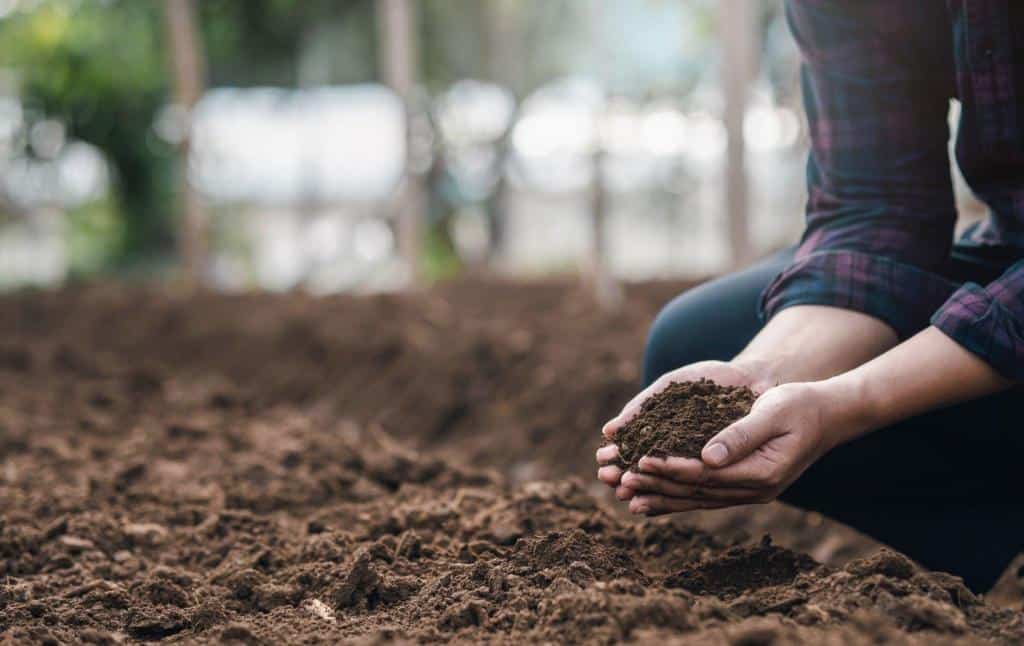
Soil composition affects water retention and nutrient availability. Both are crucial for plant health. Sandy soils drain well. But, they don’t hold water or nutrients. So, they may need more frequent watering and fertilization.
Clay soils hold water and nutrients well. But, they may drain poorly. This can waterlog roots and stress plants. The ideal soil is loam. It’s a balanced mix of sand, silt, and clay. It drains well, retains moisture, and provides nutrients.
A soil’s texture influences its ability to retain and supply water and nutrients to plants. For instance, sandy soils, with their loose texture, allow water to drain quickly, which can lead to nutrient leaching.
On the other hand, clay soils have a dense texture that holds onto water and nutrients but can become compacted, making it hard for roots to penetrate and access the resources they need.
Silt’s intermediate texture helps. It retains moisture and nutrients. But, it allows for root growth and aeration.
To achieve optimal plant growth, understanding and managing soil composition is essential. By testing the soil and amending it with organic matter or other components as needed, gardeners can create a more balanced and fertile growing environment. This focus on soil health gives plants the right water and nutrients. It leads to stronger, more productive gardens.
Benefits of Turning Your Soil
Soil transformation yields multiple advantages, boosting plant vitality and garden output. One of the primary advantages is improved aeration, which is essential for healthy root development.
When the soil is turned, it becomes less compact, allowing roots to spread out more easily and access vital nutrients and water. This process also ensures that air can circulate within the soil, providing roots with the oxygen they need to grow robustly.
Another crucial benefit of turning soil is the encouragement of microbial activity. Soil microbes are vital. They break down organic matter and recycle nutrients. This process releases essential nutrients that plants need to thrive.
By turning the soil, you create an environment that fosters microbial life, leading to richer, more fertile soil. This increased microbial activity can result in healthier plants and higher yields, making it a key practice for any gardener.
Techniques for Loosening Soil
Various techniques can be employed to loosen soil effectively. Tools such as spades, forks, and rototillers are particularly useful for this task. A spade can help break up the top layer of soil, while a fork is excellent for reaching deeper layers and alleviating compaction. For larger areas, a rototiller can quickly and efficiently loosen the soil, saving time and effort. Using the right tool for your garden’s size and needs is essential for effective soil loosening.
To loosen compacted soil, follow these steps: Start by clearing the area of any debris or plants. Use a spade to dig into the soil, breaking up large clumps and turning the soil over. Next, use a fork to further loosen and aerate the deeper layers. For larger gardens, a rototiller can be run over the area to achieve a similar effect. After loosening, add organic matter, such as compost, to enrich the soil and promote ongoing health and fertility.
The Science Behind Soil Aeration
What is Soil Aeration?
Soil aeration means breaking up the soil. This improves its structure. It also helps plant roots access air, water, and nutrients. This process can be achieved through various methods such as tilling, forking, or using specialized tools. The goal is to create a more hospitable environment for plants to thrive.
Benefits of Aerating Soil
Aerating soil offers numerous advantages that contribute to a healthy garden:
- Enhanced Root Growth: Loosened soil allows roots to expand more easily, facilitating better nutrient and water uptake.
- Improved Water Infiltration: Aerated soil absorbs water more effectively, reducing runoff and ensuring that plants receive adequate moisture.
- Increased Microbial Activity: Aeration boosts the activity of beneficial microorganisms that break down organic matter, releasing essential nutrients for plants.
- Reduced Soil Compaction: Regular aeration prevents soil from becoming compacted, which can restrict root growth and water movement.
Methods of Soil Aeration
Manual Techniques
- Hand Forking: Using a garden fork, gently lift and turn the soil to break up compacted areas. This method is ideal for small garden beds or areas with delicate plants.
- Double Digging: This technique involves digging a trench and loosening the soil at the bottom before refilling it. Double digging is labor-intensive but highly effective for deep soil aeration.
Mechanical Techniques
- Rototilling: A rototiller is a powerful tool that can quickly turn and loosen soil. It’s suitable for larger garden plots and can save significant time and effort.
- Core Aeration: This method removes small cores of soil from the ground. It helps reduce compaction and improve air and water movement. Core aerators can be rented or purchased for home use.
Best Practices for Soil Aeration
When to Aerate
Timing is crucial for effective soil aeration. The best times to aerate your garden are:
- Spring: Aerating in spring prepares the soil for planting by improving its structure and fertility.
- Fall: Aeration in the fall helps alleviate soil compaction caused by summer activities and prepares the garden for winter.
How to Aerate
- Check Soil Moisture: Ensure the soil is moist but not waterlogged before aerating. Dry soil can be difficult to work with, while overly wet soil can become compacted.
- Remove Debris: Clear the area of rocks, roots, and other debris that could interfere with aeration.
- Choose the Right Tool: Select the appropriate tool based on the size of your garden and the level of soil compaction.
- Aerate Evenly: Work methodically across your garden. This will ensure even coverage and promote uniform soil health.
Additional Tips for Healthy Soil
Incorporate Organic Matter
Adding organic matter, like compost or well-rotted manure, to your soil can greatly improve its structure and fertility. Organic matter enhances water retention, provides essential nutrients, and supports beneficial microbial activity.
Mulching
Mulching helps maintain soil moisture, suppress weeds, and regulate soil temperature. Organic mulches, such as straw or wood chips, gradually decompose and enrich the soil with nutrients.
Crop Rotation
Practicing crop rotation prevents soil depletion and reduces the risk of pests and diseases. Plants need different nutrients. Rotating crops helps keep the soil balanced.
Cover Crops
Cover crops, planted in the off-season, protect the soil. They prevent erosion, add organic matter, and improve soil structure. Common cover crops include clover, rye, and legumes.
Common Mistakes to Avoid
Over-Aeration
While aeration is beneficial, overdoing it can damage soil structure and harm plant roots. Avoid excessive tilling or using heavy machinery too frequently.
Ignoring Soil Health
Aeration is just one aspect of soil health. Neglecting other practices can undermine your efforts. These include adding organic matter, mulching, and proper watering.
Using the Wrong Tools
Using inappropriate tools for soil aeration can be counterproductive. Ensure you select the right equipment for your garden’s size and soil type.
Summary Table: Soil Aeration Techniques and Benefits
| Technique | Benefits |
| Hand Forking | Ideal for small areas, prevents compaction. |
| Double Digging | Deep soil aeration, improves root growth |
| Rototilling | Efficient for large plots, saves time |
| Core Aeration | Reduces compaction, enhances water movement |
By following these guidelines and understanding the importance of soil aeration, you’ll be well on your way to creating a healthy, thriving garden.
Conclusion
Turning and loosening soil is a fundamental practice for maintaining a healthy garden. Aeration improves soil structure and root growth. It also boosts beneficial microbes. This sets the stage for strong plant growth.
Using organic matter, mulching, crop rotation, and cover crops boosts soil health. This ensures your garden thrives every season. With the right techniques and a bit of effort, you can cultivate a garden that is both beautiful and bountiful.


